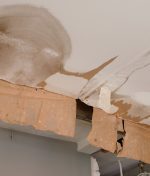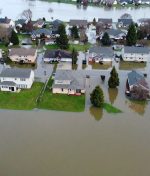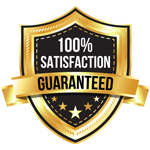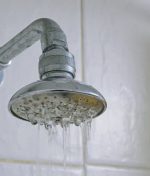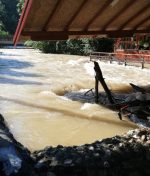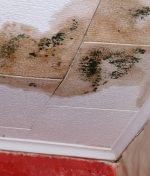What Should You Avoid When Trying to Clean Mold on Your Own?
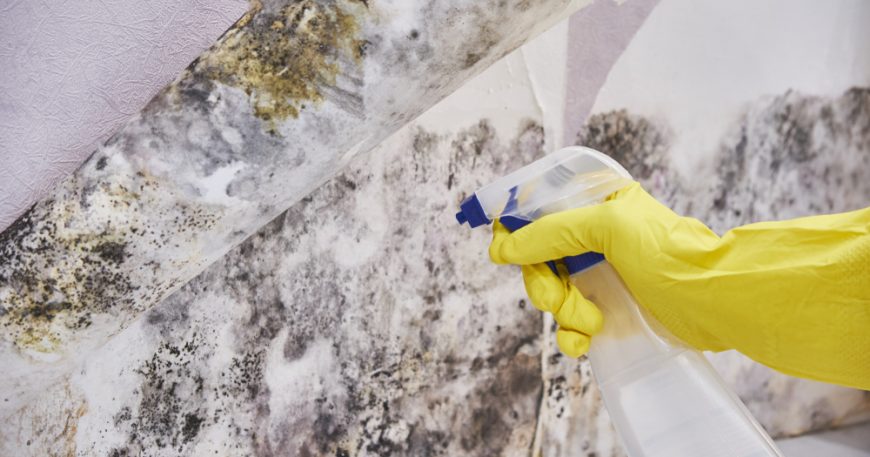
- July 29, 2025
- byadmin
- Flood Restoration
Mold is more than just an unsightly nuisance—it can pose serious health risks and cause long-term damage to your home or business. While it’s tempting to try and clean mold yourself, especially if it looks minor, improper cleanup methods can make the situation worse. At RAMM Water Restoration, we’ve helped many San Diego homeowners fix mold problems that were accidentally made more severe through well-meaning DIY attempts.
Here’s what you should avoid when trying to clean mold on your own and why professional remediation is often the safest and most effective solution.
1. Using Bleach on Porous Surfaces
One of the most common mistakes people make is using bleach to clean mold, especially on materials like drywall, wood, or insulation. While bleach can kill mold on hard, non-porous surfaces, it doesn’t penetrate porous materials.
Bleach often evaporates before reaching mold roots, leaving spores behind to regrow. Even worse, it adds moisture to already damp surfaces, sometimes helping the mold spread deeper into the material. What looks like a clean surface may still be infested beneath the top layer.
2. Ignoring the Source of Moisture
Mold is always a symptom of a moisture problem. Simply cleaning the surface mold without identifying and resolving the source of water—whether it’s a leak, humidity, or flooding—means the mold will return. This is one of the biggest reasons mold keeps recurring in homes that attempt DIY treatments.
Effective mold remediation always starts with solving the moisture problem first. If you don’t stop the source, the spores will continue to thrive no matter how much you clean.
3. Disturbing Mold Without Containment
Another major risk is disturbing mold growth without isolating the affected area. Scrubbing, brushing, or even vacuuming mold without containment can send countless spores into the air, where they travel and settle in other parts of your home.
Without proper barriers, air scrubbers, and negative pressure systems—tools used by professional remediation teams—DIY cleaning can unintentionally cause mold infestations to spread beyond the original site.
4. Underestimating the Size of the Problem
Many people misjudge the extent of a mold problem because it often starts behind walls, under flooring, or inside insulation. What appears as a small spot of mold on the surface may actually be part of a much larger colony.
The EPA recommends that if mold affects an area larger than 10 square feet, professional remediation is necessary. Trying to tackle large mold growth without the right tools or knowledge can be hazardous and ineffective.
5. Not Wearing Proper Protective Gear
Mold releases tiny spores and potentially mycotoxins into the air, which can be harmful when inhaled or when they come into contact with skin and eyes. Many people attempt to clean mold with minimal protection—sometimes just gloves or a dust mask.
For proper safety, mold cleanup requires full PPE (personal protective equipment), including:
- N95 or higher-rated respirator
- Gloves
- Goggles or face shields
- Disposable coveralls or clothing you don’t mind discarding
Skipping protection puts you at risk of respiratory issues, allergic reactions, and long-term health complications.
6. Using the Wrong Cleaning Products
Not all cleaning products are suitable for mold removal. Some household cleaners merely mask the appearance of mold without killing the spores. Others may interact with mold in ways that release harmful fumes, especially when combined with bleach or ammonia-based products.
Without the right cleaning solutions and technique, you may be wasting time—or worse, putting your health at risk.
7. Trying to Paint Over Mold
One of the most dangerous DIY shortcuts is painting over mold. While mold-resistant primers and sealers exist, they are not meant to be applied on top of active mold. Covering up the problem doesn’t eliminate it—it just traps moisture and spores under the paint, allowing the mold to continue growing invisibly.
Eventually, the mold will eat through the paint or spread behind walls, turning a cosmetic fix into a much more serious issue.
8. Failing to Dry the Area Completely
Even if you clean the visible mold, leaving moisture behind is like inviting it to return. Mold thrives in damp environments, and unless the area is completely dried after cleaning, it will come back—sometimes in a matter of days.
Professionals use commercial-grade dehumidifiers and moisture meters to ensure that the affected area is fully dry and safe. Relying on fans or open windows may not be enough, especially in humid or poorly ventilated areas.
9. Skipping Air Quality Testing
Airborne mold spores can linger in your home long after visible mold is removed. These spores can continue to cause respiratory issues and spread to new areas.
DIY cleanup efforts often skip this step, leaving hidden dangers behind. Professional remediation includes post-removal air testing to ensure your indoor environment is safe to breathe again.
How we can help
At RAMM Water Restoration, we understand that mold cleanup isn’t just about cleaning—it’s about protecting your health, your property, and your peace of mind. Based in San Diego, we’ve helped countless families and business owners safely and effectively eliminate mold problems, always with a compassionate and friendly approach that sets us apart.
Our team uses industry-leading tools and techniques to identify the full extent of the mold, contain the area, eliminate the moisture source, and ensure the air in your space is safe again. We don’t cut corners—we restore homes with care and attention to detail.
If you suspect mold in your home or have already tried to clean it yourself with little success, don’t wait for the problem to get worse. Contact RAMM Water Restoration for a professional inspection and honest guidance. We’re here to help you breathe easy again.


